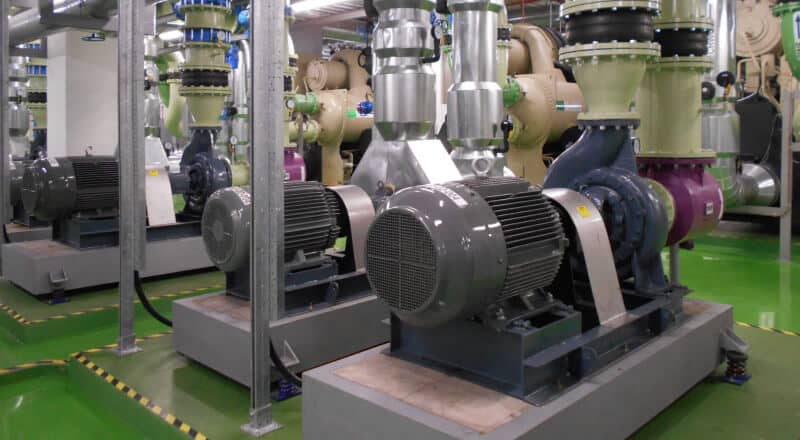In the realm of Heating, Ventilation, Air Conditioning, and Refrigeration (HVAC-R), the seamless operation of various components is essential to maintain optimal indoor comfort and environmental conditions. At the heart of these systems lies the unsung hero: the electric motor. In this blog post, we will delve into the critical role electric motors play in HVAC-R systems, uncovering the synergy that enables our modern indoor environments to remain comfortable and efficient.
The Power Behind HVAC-R: Electric Motors
Electric motors are the workhorses of the modern world, powering a myriad of devices that range from industrial machinery to household appliances. In the context of HVAC-R systems, electric motors are responsible for driving fans, compressors, pumps, and other crucial components that facilitate the movement of air, heat transfer, and refrigeration cycles.
1. Ventilation and Airflow:
In ventilation systems, electric motors power the fans that ensure the circulation of fresh air and the removal of stale air. Proper airflow not only promotes a healthier indoor environment but also contributes to energy efficiency by reducing the strain on cooling and heating systems.
2. Air Conditioning and Cooling:
Air conditioning systems rely on electric motors to drive compressors, which play a pivotal role in the refrigeration cycle. By compressing and expanding refrigerant gases, these motors enable the transfer of heat, allowing the cooling process to occur efficiently.
3. Heating and Heat Exchange:
Electric motors are integral to circulating pumps used in hydronic heating systems. These pumps facilitate the movement of heated water throughout a building, ensuring consistent warmth during colder months.
The Synergy: Enhancing Efficiency and Comfort
The intricate relationship between electric motors and HVAC-R systems goes beyond their individual functions. It’s the seamless coordination and optimization of these components that yield the desired outcomes of comfort, efficiency, and sustainability.
1. Energy Efficiency:
Efficient electric motors can significantly impact the energy consumption of HVAC-R systems. Modern technologies such as variable frequency drives (VFDs) allow electric motors to adjust their speed based on real-time demand, optimizing energy usage and reducing operational costs.
2. Precise Temperature Control:
Electric motors play a key role in regulating the flow of refrigerant, ensuring precise temperature control in cooling and refrigeration processes. This accuracy translates into enhanced comfort for occupants and the preservation of perishable goods.
3. Balanced Air Distribution:
Fans powered by electric motors help maintain balanced air distribution within indoor spaces. This not only prevents hot and cold spots but also reduces the workload on heating and cooling systems.
Conclusion
The partnership between electric motors and HVAC-R systems epitomizes the symbiotic relationship between technology and comfort. As we continue to strive for energy efficiency and environmental sustainability, these two domains converge to create indoor environments that are both comfortable and responsible.
Next time you enjoy a perfectly cooled room on a scorching day or revel in the warmth of your home during winter, remember the unsung heroes behind the scenes: the electric motors that power the intricate dance of HVAC-R systems. Their silent contributions to our modern lifestyles deserve a moment in the spotlight, showcasing the remarkable synergy that keeps us comfortable day in and day out.


